DIY Enrichment Toys to Stimulate Indoor Dogs

Dogs are inherently curious, and without proper mental stimulation, even the happiest pets can develop behavioral issues like excessive barking, chewing, or anxiety. As a certified canine behavior consultant with fifteen years in the field, I’ve crafted dozens of enrichment toys from household items. These DIY projects boost cognitive function, satisfy sniffing instincts, and strengthen your bond. Below are five easy-to-make toys, complete with step-by-step instructions.
1. Treat-Dispensing Bottle Puzzle
Materials: Empty plastic water bottle, dry kibble or treats, duct tape.
Method: Remove label and cap. Pierce holes slightly smaller than treat diameter. Secure bottle edges with tape. Fill bottle and let dog roll to release morsels.
Benefits: Encourages problem-solving and slows down fast eaters.
2. Muffin Tin Snuffle Station
Materials: Muffin tin, tennis balls, your dog’s favorite treats.
Method: Scatter treats in tin cups, cover with tennis balls. Challenge dog to lift balls to find treats.
Benefits: Engages scent detection and reduces stress through sniff-driven activity.
3. Braided T-Shirt Tug Toy
Materials: Three old cotton T-shirts, scissors.
Method: Cut each T-shirt into long strips. Braid tightly and knot both ends.
Benefits: Great for interactive play and safe teething relief for puppies.
4. Flirt Pole Chaser
Materials: PVC pipe (½″ diameter, 2′ length), rope (4′), small plush toy.
Method: Drill hole near one end of pipe, tie rope through hole, and attach toy. Drag and swing at ground-level for chase games.
Benefits: Burns energy and hones prey drive in controlled bursts.
5. Hide-and-Seek Blanket Roll
Materials: Old fleece blankets, treats.
Method: Lay blanket flat, scatter treats on top, roll blanket into a log. Encourage dog to unroll.
Benefits: Combines scent work with gentle physical effort, ideal for senior or mobility-limited dogs.
Implementation Tips
Rotate toys weekly to preserve novelty.
Supervise initial sessions to ensure safety and avoid ingestion of small parts.
Adjust difficulty by changing hole sizes or number of layers.
Conclusion:
These budget-friendly DIY toys not only engage your indoor dog’s mind and body but also deepen the human–canine bond through shared play. Regular enrichment is a cornerstone of holistic canine wellness and behavior management.

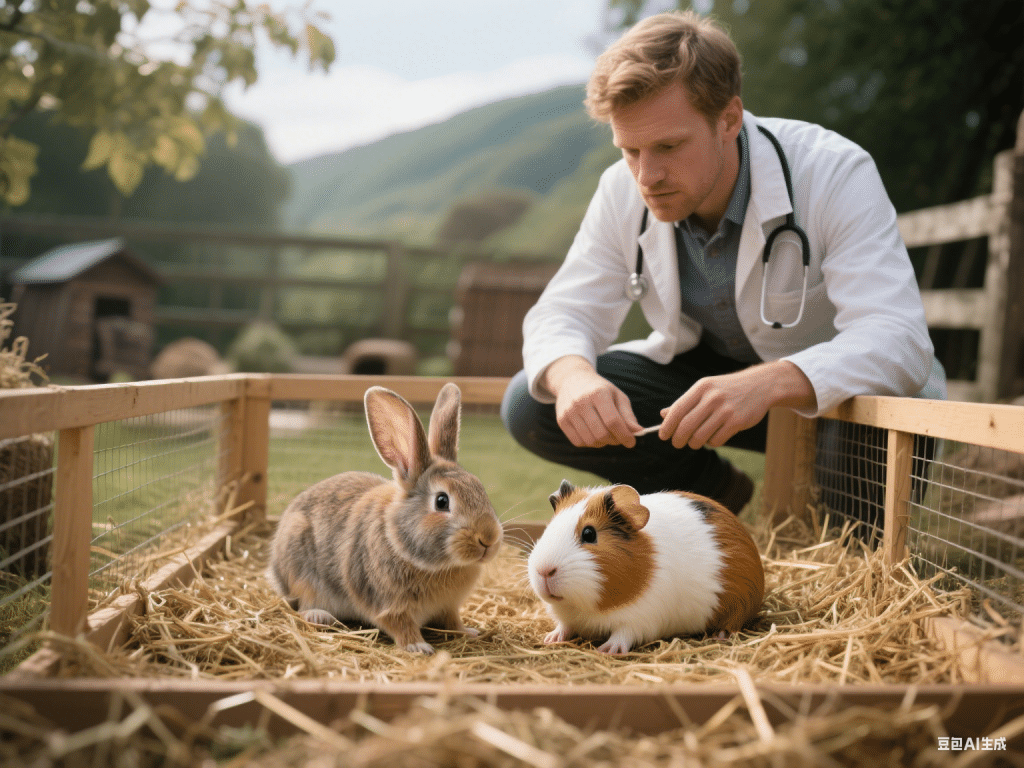
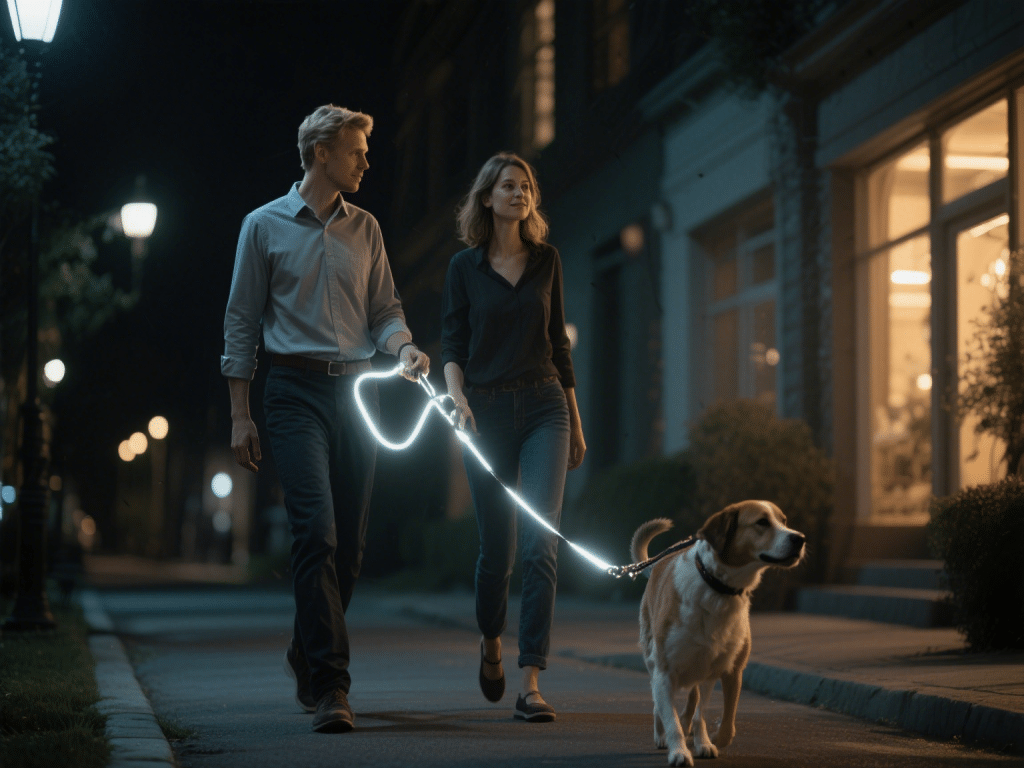

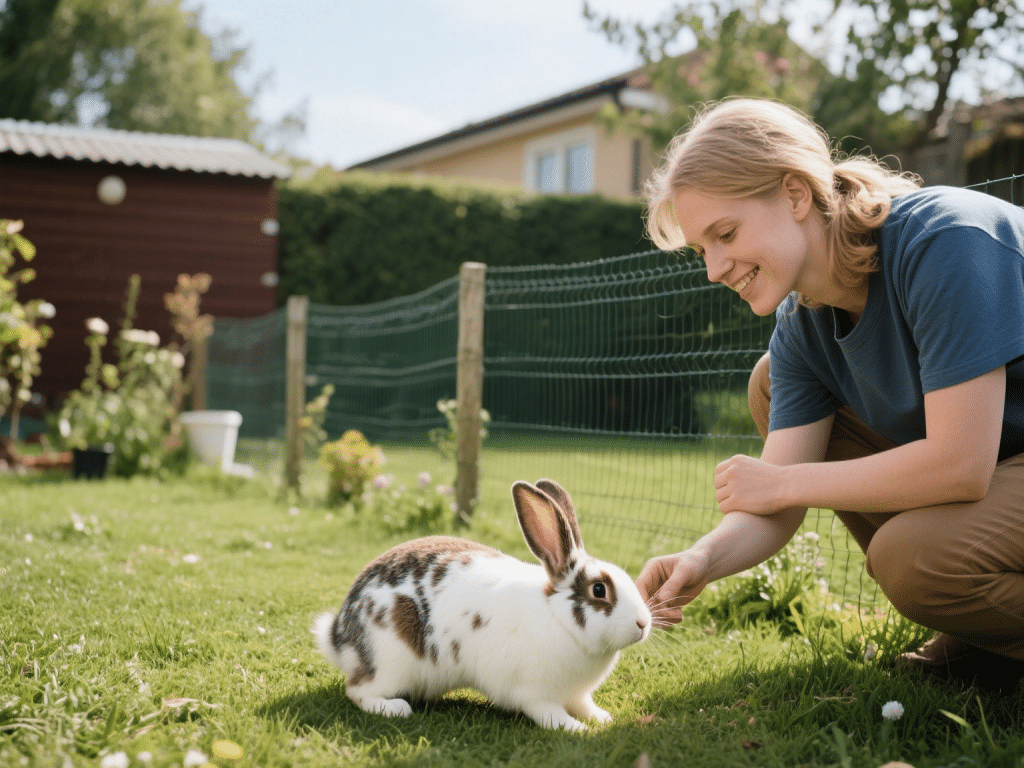


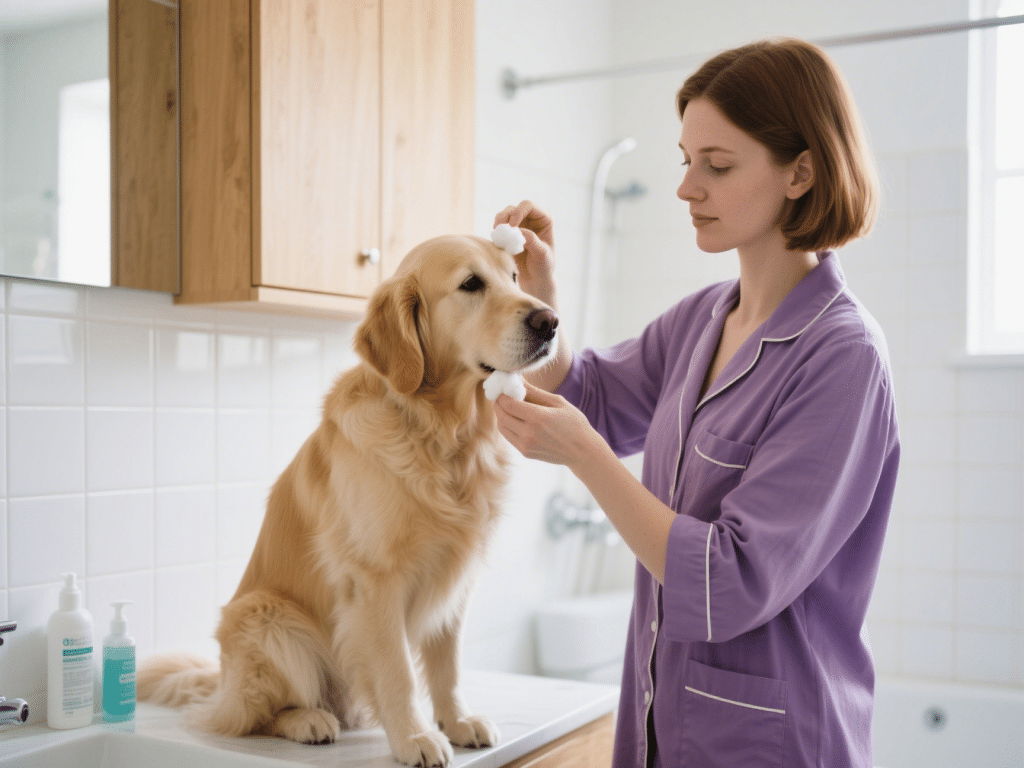
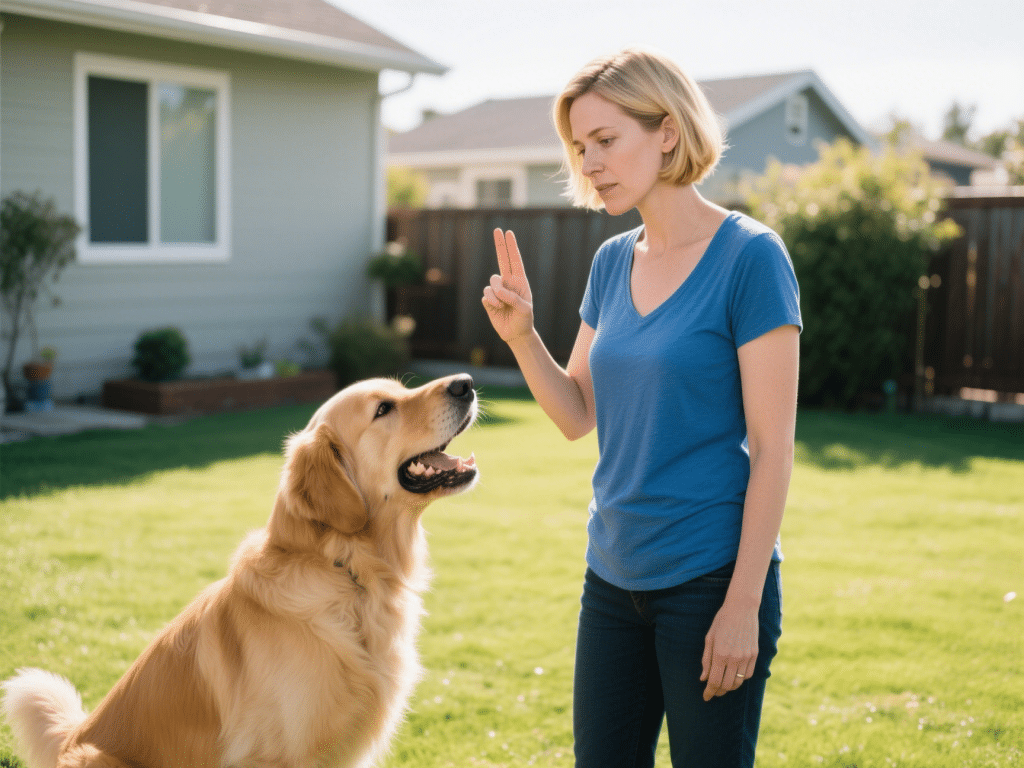
Comments on "DIY Enrichment Toys to Stimulate Indoor Dogs" :